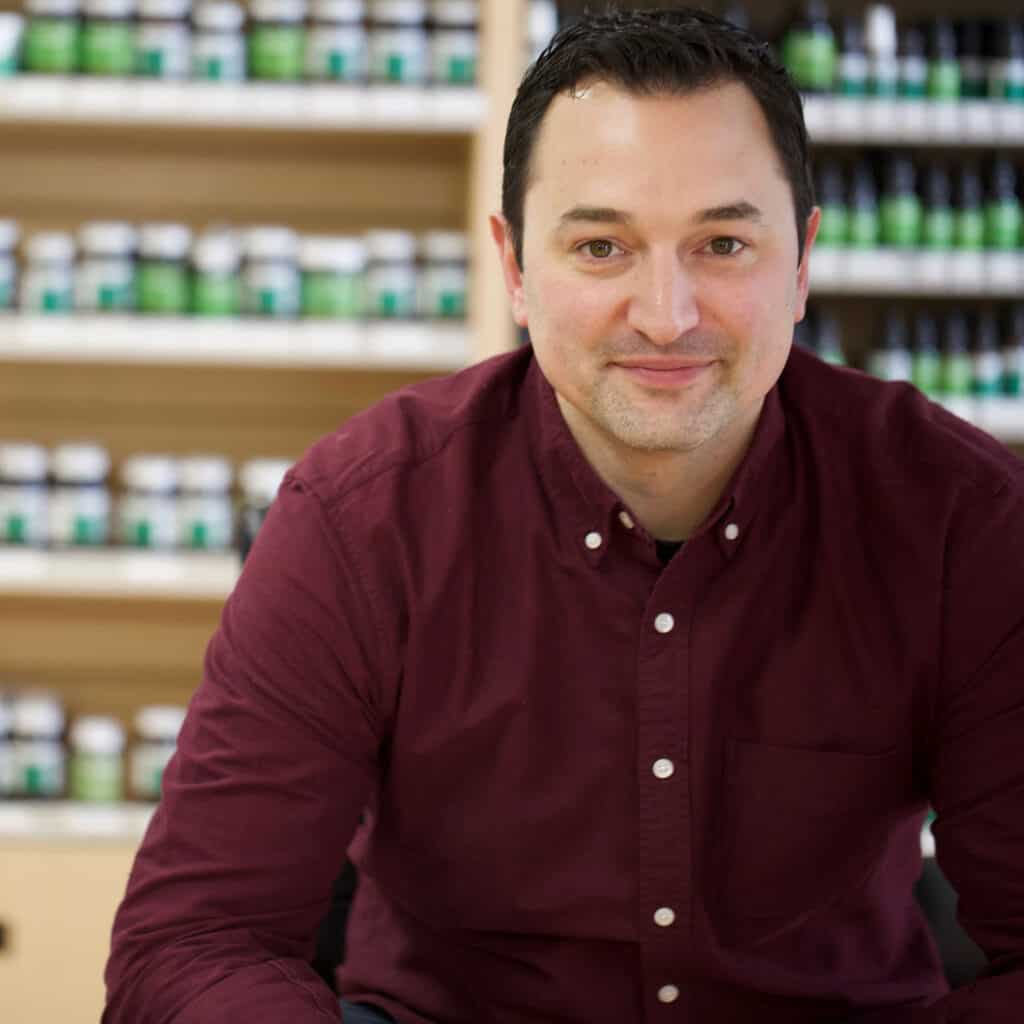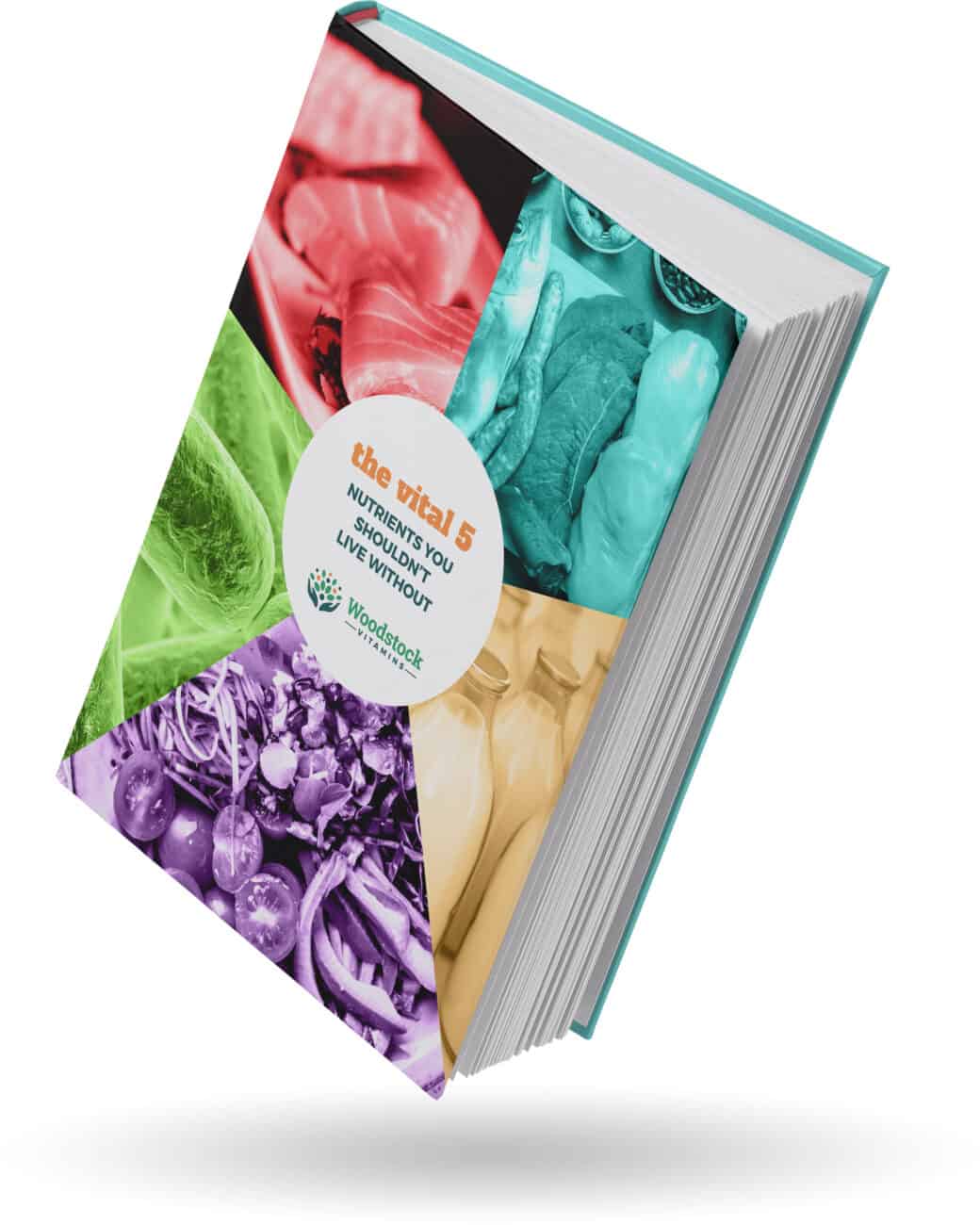There are a few behavior patterns emerging in our shelter-at-home state that we should address, as they move us farther away from the optimal wellness we seek.
“In these unprecedented times” I myself have taken to becoming what I eat. That is, I eat a lot of Chunky Monkey ice cream. Some people are taking the opportunity to make healthier, more mindful decisions about their diet and they should be commended. Some of us aren’t so well adjusted and are eating away our emotions.
For me, there’s this itch. Nervousness, boredom, whatever becomes an impulse, and then I act on it. I pretty much regret it once I’ve scratched that itch, knowing I’ll have to work seemingly twice as hard to undo the thing I did.
I made choices, but the pattern is the same: impulse, overriding of my will, action, immediate “bliss,” dirty feeling. I seemingly get swept up in it, but really I’m choosing to let myself go on this little ride.
Another habit people are engaging in is the most dangerous behavior during COVID-19: violating social distancing rules. Governor Cuomo here in NY just today said that 66% of hospital admissions are from people who don’t have to travel to work. Cuomo’s report is telling us one thing: The virus is moving around amongst us who don’t have a reason to get exposed.

Stress eating, bending the rules (without proper contact tracing), and even the politicization of medicine we’ve discussed previously are actually directly connected. On the surface, they seem only related due to COVID-19—they’re very different.
They’re connected because they’re not about the thing, but are a response or reaction to an emotion that makes us uncomfortable.
All of those unhealthy coping mechanisms connect to a habit that’s grown legs over the past few weeks of COVID-19: the watching and sharing of literal filth. The conspiracy videos.
Yes, I did already talk about conspiracy theories and COVID. This conversation is a bit different, and both are very necessary to have.
Thirty-Two People Can’t Be Wrong
Yesterday, with no exaggeration, 32 people shared with me this week’s conspiracy video.
I didn’t watch it. I won’t watch it. I won’t even name it.
What I did do is 5 seconds of due diligence. “Hey Google, is XXX misinformation?” And guess what, I found a number of articles and threads debunking the content. Here’s one of the most thorough I saw on reddit. And yes, the subreddit is called Moronavirus.
What followed was a realization: bat-sh*t insane conspiracy videos are flying around WAY more than they normally do. Is it because people are bored and at home? Maybe. It’s certainly not because this is good information and people need to share it.
I pondered, if the truth is so easily determined with a quick Google search, is this all not really about the video itself? You betcha it isn’t!
Before I get to the heart of it and how it connects to unhealthy habits, let’s expand on my recent rant and look at conspiracy videos on a more superficial level
Not All Things Are Worthy of Attention
A common criticism of my response to these high-production-value-low-factual-basis videos is “You won’t watch it because you disagree/are afraid of the truth/are biased against it.” Bro, I’m in the supplement industry. I constantly read things I disagree with.
I won’t watch this or other videos because I don’t eat moldy bread.
“What?”
When I see these videos, this is what I see:

This video, in particular, is closer to the one in the back there.
In school, we spent most of our time learning how to evaluate and even design drug studies. We’d be given a theoretical drug and would have to design a flawless study, controlling variables, all to scientifically prove our drug does what we think it should.
All scientists and most medical professionals have some coursework in these critical skills. It doesn’t mean they retained that, as the video was shared with me by a number of pharmacists.
Most of us who still hold to our education and critical thinking can quickly spot red flags in what is presented as scientific research. Depending on how severe of an infraction, we can decide the white paper isn’t even worth further inspection.
In other words, we can look at the bread and clearly see that there’s too much mold to bother consuming it.
We’re not pessimists; sometimes we can cut off a piece or two of mold and accept the bread for what it is. Most of the time, if there’s a little mold, there’s a lot, and it ruins the integrity of the whole thing.
For example, “Dr. Neal, I’ve got this study showing stevia helps out with Lyme’s disease.” It may seem dismissive to the curious patient when I say, “not true.” I can disregard the article and the charlatan promoting it because the “evidence” is a study in a petri dish. It’s not relevant to humans. All I see is moldy bread.
The peer-review process is supposed to help identify the mold, but unfortunately, there’s no uniform measure of research quality, just like there’s no uniform measure of supplement quality.
Back to the conspiracy videos. To be honest, the content in these videos are laughable. They are attractive to those who aren’t trained in the ways of the force. These videos work because they take some part of a truth and exaggerate them to all heck.
To my bigger point: the notion that anyone should have to consider all opinions presented as facts is wrong.
Deep breath, most of society. Face the facts. You’re wrong sometimes. It’s ok to be wrong.
There isn’t some hidden nuance to every discussion. Some stuff is just wrong, factually inaccurate, spin, or cherry-picked information. Dress up the pig all you want. It’s wrong and doesn’t deserve a platform.
Your sopping wet, moldy bread doesn’t have to be considered and watching it doesn’t mean you’re enlightened because you’re “considering all sides.”
It’s a sign of the times that I have to even write those last few sentences.
Don’t mean to be harsh, honestly. This needs to be said because if it is, we can address the real problems we face and make better decisions all around, instead of being dragged around by misinformation and hidden agendas.
There’s No Innocent Consumption
The other reason why I don’t watch these, despite 3 dozen people being so excited to share it, is because I don’t want to give them the attention they seek.
Some said to me, “I just want to watch it to hear all sides, then make my own decision.” As we said before, not everything is worthy of the platform. There aren’t equal “sides” here, and if there are, that’s not one of them.
Every click, like, and share empowers and emboldens not just the owners of the content, but then copycats, the people pulling the strings, and the algorithm.
Our currency isn’t just money these days, it’s attention too.
Whether you “believe” the video or not, after watching it the theories or thoughts become a part of your worldview. If you hear or seek out something similar, the thread of an idea becomes more solid. Eventually, you have a belief system built on a pile of tiny bits of misinformation collected over time.
Every copy of the Enquirer that’s sold is further justification of its existence. And look, I don’t know what’s going on with Brad Pitt and Angelina Jolie, but I feel a certain way about them because I constantly see the claims on the Enquirer at the grocery store.
It’s Not Your Typical Debunking
“Don’t you want to help people sort out the truth and debunk things for them?” Yes, yes I do. One of the services I offer people is to be their own “Supplement Snopes.” If you see something in Wacky Wellness World and want to know if it’s valid, send it my way.
Not here, though. We don’t want to even give this thing the time of day. It’s a big hunk of moldy bread that empowers the wrong people.
And to be honest, if 20+ of the 30 people were like, “Is this real?!” I probably would have been ok with the people but still not OK with the silly video.
What actually happened, was one of three things:
- They used the video link as a mic drop. They believe it, the video reinforces life for them, and they want to use the video as their “proof” that they’re right. They weren’t sharing to get my opinion, they wanted to use it as a straw man in an argument. They want to fight.
- They told me to “watch it with an open mind.” Why am I the one forced to suspend my belief? I mean that’s what they’re suggesting, isn’t it? You don’t want an open mind, you want me to turn off critical thought processes.
- They said, “don’t make fun of me!” In this situation, they know it’s probably nonsense, or at least know that I’ll disagree (and am justified to do so). But I’m not allowed to be critical of it, because that would be viewed as an attack on them.
We spoke of sides before. Someone using the video as a gotcha or preventing criticism are forgetting about an important side. A real side of sharing and consuming videos like this: the side of the people who are literally dying and those caring for them, risking their lives, too.
This content is disrespectful to the people who are doing great work, who have the right intentions, and the people who are suffering. And millions of people yesterday took part in that disrespect by circulating it.
Distrust of Organizations
Three people shared this quote from the review of the conspiracy theorist’s book: “One of the main problems of our time is the public loss of confidence in the scientific community because of a too-often corrupt coalition of governmental and corporate entities.”
That’s the problem. Do you distrust the system because you’ve been fed a bunch of propaganda over time that says the system is broken and corrupt? That, mixed with the times it actually does screw up (as any organization, even the stinking Cub Scouts will), reinforces your negativity.
We must remember that distrust of the system is a goal to our adversaries and those who benefit from a broken, untrustworthy system. Read my last rant, The Corona Virus Conspiracy, as I point out how the protests are astroturfed campaigns. Or my article on social media, where I showed how foreign agents use misinformation to sow dissent.
They WANT you to hate the system.
Stuff’s broken. That doesn’t mean that the National Enquirer is right or moldy bread should be eaten.
The real conspiracy is the attack on critical thinking, the proliferation and promotion of misinformation, and the sowing of distrust in systems and institutions.
Nothing is Gained
Let’s pretend for a moment that there was something of value in the video. What changes? How has the world improved? How has your behavior improved?
It changes nothing, at least externally. People go on with their lives, maybe a little more bitter and negative than before.
“What is gained by me bashing people watching the video, then?” Nothing as well. People who are angered at the disrespect and ignorance will lash out, too. This gains nothing but further division.
I want to help. For many people who engage and share that stuff, it’s not about the information, whether it’s right or wrong, or if the world is corrupt or not. It’s not about the content in the video, it’s about you…
This Isn’t About the Content, It’s About You
The conspiracy video content is easily debunkable. Why watch it? Why share it?
I’m no psychotherapist, but I know a few. In his Coping with COVID episode, Dr. Dresdale, drew a line between the outward anger or anti-establishment actions and fear. Ben Lipton did the same during his episode.
People who watch and share these videos do it to scratch an itch. This is just like me with the cookies and weight gain. Just like with the people who break social distancing rules.
It starts with an unchecked emotion. It ends with a behavior pattern to quell that emotion.
For me, it’s stress and anxiety. For people who watch these videos, at the core it’s fear. It’s ok to be afraid. It’s not ok to engage in unhealthy behaviors instead of addressing that fear.
Just like I can’t have only a handful of M&Ms now and again, there’s no such thing as the occasional conspiracy video. The scratching just works too darn good.
We’re not smart enough to handle the technology. It’s too good at serving things that scratch our itch for a moment. Each time we see something it rewards us with greater and greater dopamine. It’s a cycle of addiction.
Conspiracy videos feed an addiction that is created by fear. They’re disrespectful to those who are in the pursuit of our safety.
Replace conspiracy videos and M&Ms with opioids and I hope we have just made some people a bit more empathetic to drug addiction. Understanding why people are really sharing conspiracy videos will hopefully build some empathy for them as well.
This Isn’t A Supplement Problem, Why Talk About It Neal?
Oh, but it is.
What’s happening here—these habits, patterns, reflexes—are what happens 365-24/7 with supplements. False claims with a thread of science, if that, are made on poorly manufactured products. Propaganda spreads, creating a tribal us vs them mentality. Big Pharma’s a bunch of jerks, so whatever misinformation this blogger says about supplements is obviously betta!!!
Big Pharma is corrupt, but the natural products industry IS Big Pharma.
I see our unhealthy responses during the pandemic as an exaggeration of what happens when we’re being happy consumers, not fearing for our lives over a sneeze.
The ability to take a deep breath and watch these patterns arise and not react helps us cope better. It also helps us not get swept up by the currents. It helps us not get entrenched in a cycle of addiction to food, alcohol, or misinformation that supports our worldview.
Taking a step back and watching the system allows us to face what’s real: the world is pretty screwed up, but I can interact with that world without getting dragged around by the things that make it bad. I can quiet the noise and not feel that tearing in your chest and stomach.
Bringing this back to supplements, I often say that just because Big Pharma is ‘corrupt’ doesn’t mean that the natural products industry is the right answer or alternative, nor does it mean that they are not corrupt too. In the Middle Path of Wellness, I pointed out they’re both jerks. We can, and we have to, engage with both to live our best lives.
There aren’t three unhealthy habits like I pointed out. There’s just one. The unhealthy habit is not working towards awareness of the programming or conditioning that makes us do what we do.
It is worth repeating: the most important work we can do now is helping people Cope with COVID. We’ve done 4 videos now and you should definitely watch them.
We Have To Be Honest About Where We Are In Order To Move Ahead
Coping with COVID correctly requires lots of introspection and facing an ugly truth: we’re more unwell than we think.
We’re physically unwell, with numerous “preexisting conditions” that are mostly preventable (obesity, Type II diabetes, some cardiovascular disease).
We’re nutritionally unwell. As I pointed out in my blog, low Vitamin D is something that shouldn’t be an issue; it’s been known for some time now that we’re sub-optimal levels. We look to supplements to boost our immune health, but so many of us don’t do the real work that will help us far beyond supplements (that I love so much!).
We’re mentally unwell. Stress, anxiety, depression. We’ve helped with my “Coping with COVID” podcasts. America should look to meditation and mindfulness while building a positive association/stigma with talk therapy.
We’re emotionally unwell. We don’t see how we’re manipulated by the media we watch. We don’t see how easily we fall for bias and BS. We embrace defense mechanisms tightly, causing us to fight with each other while true conspiracies and crimes take place in broad daylight that we ignore.
We’re financially unwell. We have the ability to support each other through this while we stay home. We do this to protect the lives of our healthcare professionals, frontline essential workers, and most vulnerable. The richest nation in the world chooses to let everyone fight for themselves and rush back into “normal” so they don’t have to pay unemployment.
Individually, we spend lots of money on things we don’t need, preventing us from building proper savings to weather a storm like this.
It’s a negative post, it seems, but I also see it as an individual to-do list. If we’re trying to be the healthiest we can while living our best lives, we should spend some introspection time on these different areas of focus.
Worrying isn’t a plan. Here’s one: There are four points listed above… Starting with being more mindful, we can create a pretty decent action list for our lives and try to build some habits that can make our reality match our ideals.
It’s OK to be afraid, angry, scared, sad, or whatever. It’s not OK to eat M&Ms mindlessly, buck the system and violate quarantine, and engage and share conspiracy videos.
Like they say on the planes most of us won’t be on for another year or two, “Put on your oxygen mask before helping others.” BUT, help others!
My advice has been fairly consistent over the last 4-6 weeks: if these feelings arise, there are better outlets than festering online or engaging with this misinformation. You’ll feel a lot better if you disconnect and instead help others. Lead in your world to make your world a better place.
Just trying to keep it real…

Neal Smoller, PharmD
Owner, Pharmacist, Big Mouth



